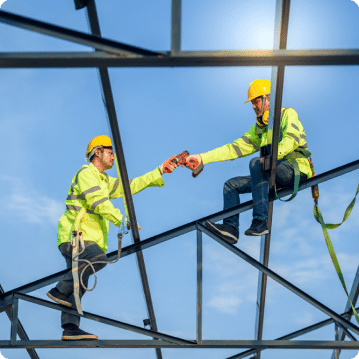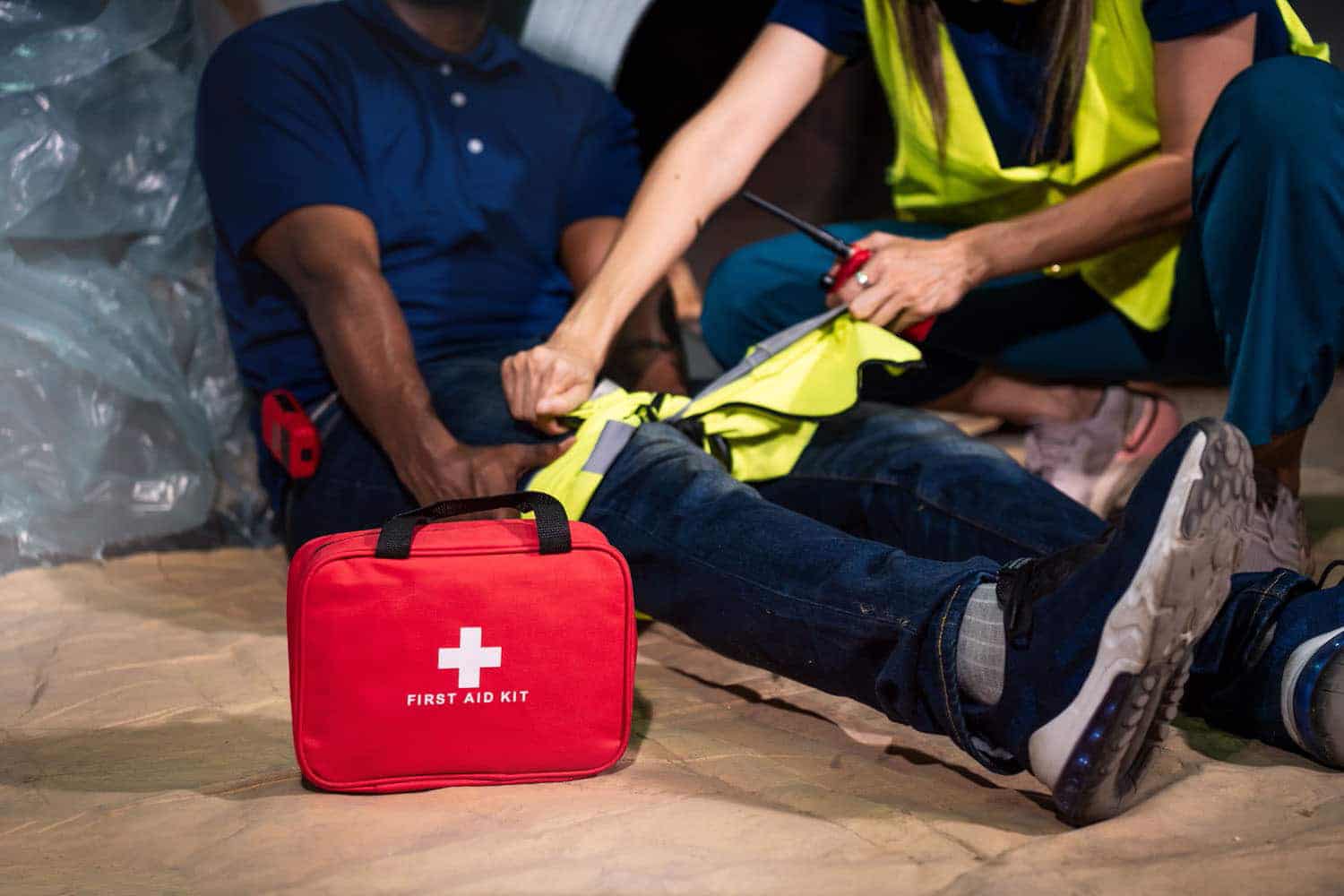
 22 November 2022
22 November 20221. What training topics and information will be included in a working at heights training program?
- The Haz-Ed working at heights safety training course covers a range of safety issues relating to heights. The course will cover:
- Legislation, Codes of practice and Australian Standards relating to working at height
- Safety practices to implement systems to prevent falls
- How forces are generated in falls
- Correct selection and use of anchor points
- Safe methods of working at height or on brittle surfaces
- Emergency procedures and hazard reporting
- Proper use, care and storage of equipment for working at heights
- Safe height and reach of using Elevating Work Platforms (EWP)
- Safe working load of the EWP unit
- Safe ground conditions for the EWP unit
- Position of overhead power lines and other electrical hazards
2. What safety precautions should be taken when using an Elevating Work Platform (EWP)?
- When using a EWP unit it is important to consider:
- The height and reach of the unit,
- The type of work you will be completing
- Safe working load of the unit
- Ground conditions
- Power lines or other hazards
- According to the Australian Government department of Mines Industry Regulations and Safety the following precautions should be taken;
- Operator and personnel are appropriately trained for EWP
- The EWP is checked for safety prior to use
- Support surface for the EWP is free of penetrations and is preferably flat
- Pneumatic tyres are in good condition and free of defects
- Any travel when the platform is raised is in accordance with the manufacturer’s recommendations
- Harnesses are connected and worn at all times if a boom-type EWP is used
3. What are the requirements for the inspection of fall injury prevention systems?
A competent person inspects fall injury prevention systems prior to any work commencing.
4. How do you decide if someone is ‘competent’ to work at height?
Someone is competent to work at heights if they have sufficient skills, knowledge and experience.
Depending on the technicality of the task will indicate the level of competence required.
5. What are the requirements for edge protection?
The Occupational Safety and Health Regulations require that edge protection must be provided to the edge of the following:
- Scaffold
- Fixed stair
- Landing
- Suspended slab
- Formwork
- Falsework in the workplace
- When a person is at risk of falling two or more metres is when appropriate edge protection and safety equipment should be used.
6. What are the requirements for working on brittle or fragile roofing?
If a rooftop is brittle or fragile and likely to endanger a person standing on them then there is a Government checklist for safe working. Brittle or fragile roofing materials include roofing made of:
- Asbestos
- Cellulose cement roof sheets
- Glass
- Fibreglass
- Acrylic
- Synthetic moulded or fabricated material used to sheath a roof
7. When is a ladder right for a job?
According to the law, ladders can be used for working at heights when a risk assessment has shown that using equipment offering a higher level of fall protection is not justified because of the low risk and short duration or use.
As a general rule of thumb, if the task will be for more than 30 minutes it is recommended to use alternative equipment, i.e. scaffold, EWP etc.
8. How long is working at heights training valid?
Whilst there is no expiry on competency based training, relevant Standards require ongoing refresher training. Industry generally requires training to be refreshed every 2 years
9. If I have a Working at Heights qualification am I qualified to decide on appropriate anchor points for attaching harnesses?
Yes. Both fixed or permanent anchor points need to be clearly labelled showing the maximum safe working load, the name of the installer, the date of last inspection and the Australian standard it complies with.
10. What am I qualified to do if I have a working at heights qualification?
Training includes the list of items (see question 1. for list). The training should also include
- Planning work in accordance with legislative requirements, site procedures and manufacturers specifications
- Identifying and controlling hazards in the workplace.
- Communication methods.
- Equipment selection and use
- Anchor systems, selecting solid and reliable anchorage
- Fall restraint systems, selection of equipment and correct use
- Work positioning systems, selection of equipment and correct use
- Fall arrest systems
- Using energy absorbing equipment
- Correct use of ladders and ladder safety training
11. Is the Haz-Ed Working at Heights qualification accepted in all states?
Yes, Haz-Ed is a Nationally recognised – Registered Training Organisation (RTO) #40472.
12. How often do I have to refresh my Working at Heights course?
There is no time frame outlined by the law, however, it has become an industry standard to do so every 2 years. Specific sites may outline a date range that they require.
Recent posts
 4 April 2024
4 April 2024Haz-Ed Celebrates International Women’s Day: A Commitment to Excellence
 16 October 2023
16 October 2023OH&S Overview – Understanding Occupational Health and Safety
 20 August 2023
20 August 2023

